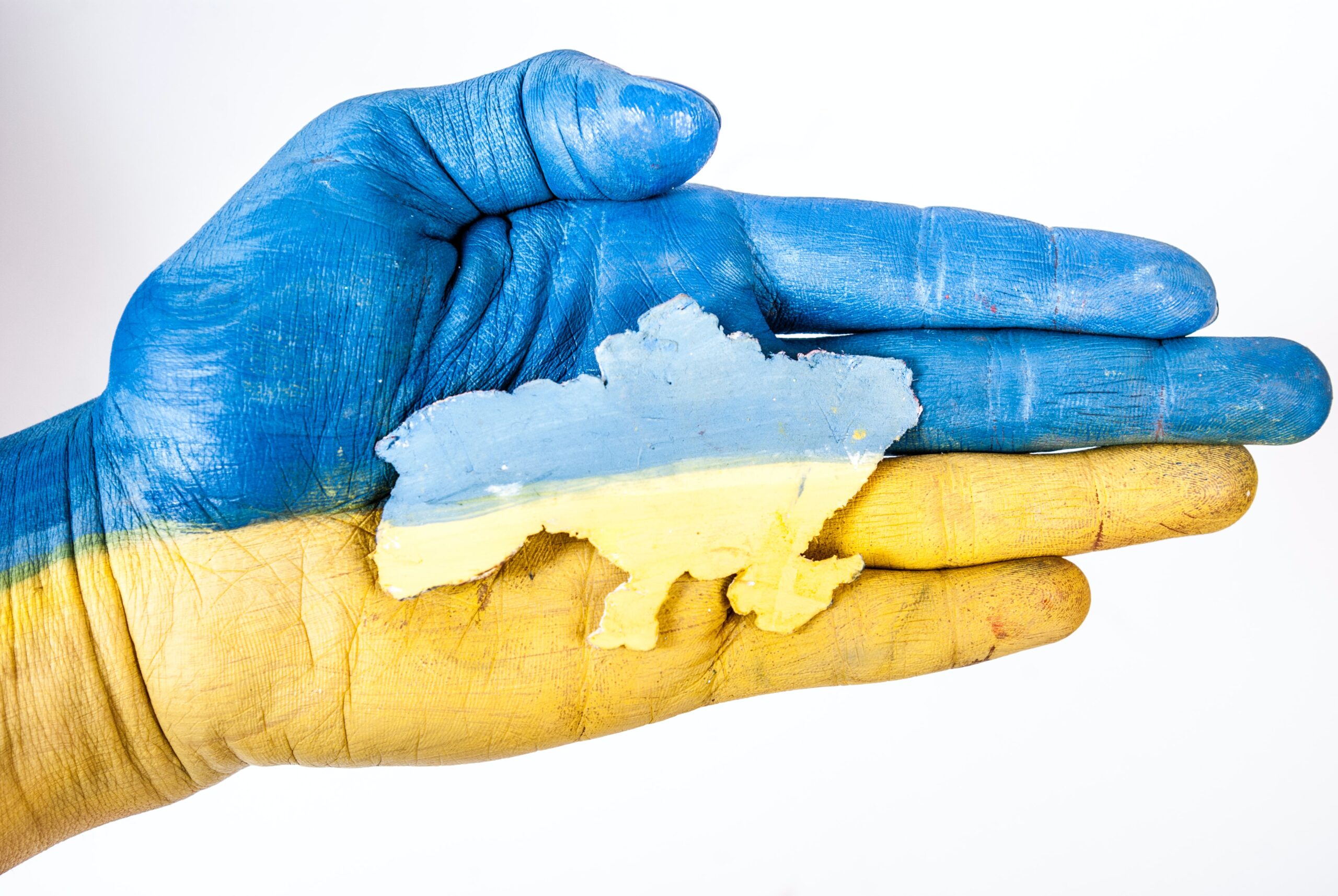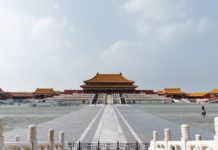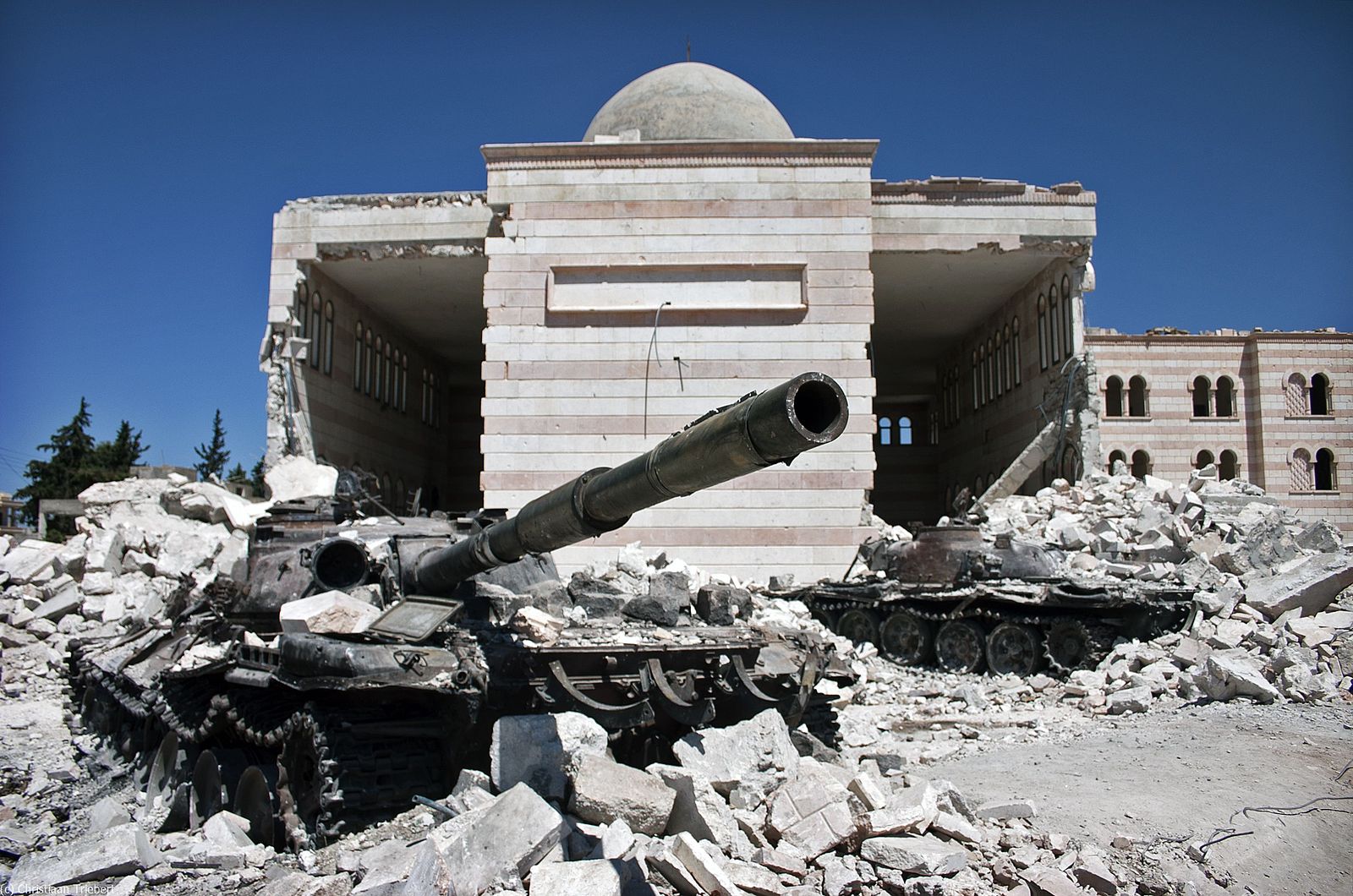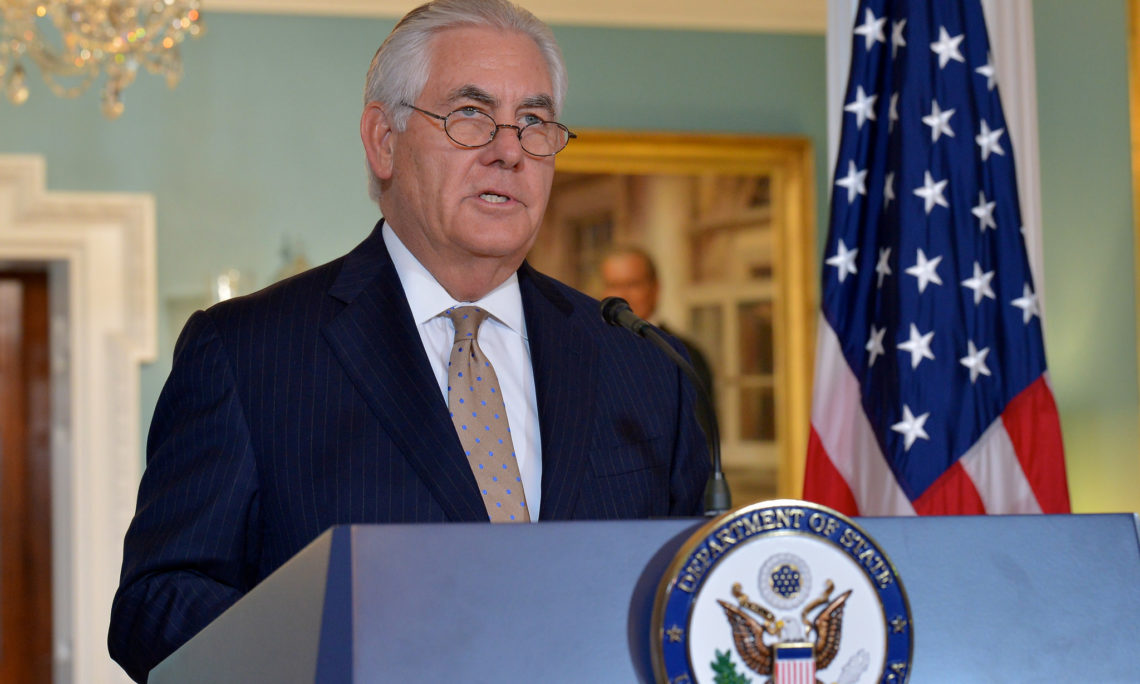As the Syrian conflict approaches six years since protests began in early 2011, this article provides some useful background to the conflict, including the underlying causes and the parties involved. The Syrian conflict is extremely complex and cannot be understood without taking a deep look at the historical and geospatial context in which it is framed. Here we seek to narrow this gap by synthesising the conflict in as simplified a manner as possible.
In doing this, International Portal rejects reductionist theories that seek to limit the causes of conflict to a single factor, be it material, religious, or ideological. Instead, it supports the adoption of holistic approaches that analyse all factors at play in any situation of conflict, thus allowing for the adoption of robust and effective policies aimed at resolving the conflict and facilitating the transition to an economy of peace.
Syria and population mix
The Syrian Arab Republic is the name given to modern-day Syria following the 1916 Sykes-Picot Agreement, which resulted in the partition of the former Ottoman Empire into spheres of influence by the French and the British following their victory during World War I. Syria was to become a sphere of influence for the French, as was Lebanon, northern Iraq, and Southeastern Turkey. The British kept southern Iraq and Jordan. The Russian Empire, who agreed to the deal, kept Istanbul and other parts of Turkey as well as Armenia.
The partition took place in a region rich with peoples of different ethnic backgrounds and religious creeds and factions. Today, approximately 17 million people from numerous ethnic and religious backgrounds live within modern-day Syria. The majority are Arabs (approximately 90%), with the rest being Armenians, Kurds, and of other origins. The Kurds where denied a nation of their own and ended up divided between present-day Turkey, Syria, Iraq and Iran.
Arabic is the official language of Syria but many other languages are spoken by Syrians including Kurdish, Armenian, Aramaic, and Circassian. Islam is the largest faith in the country (approx. 87%), followed by other religions like Christianity and Judaism. The majority of Muslims are Sunni (74%), with the remaining being Ismaili and Shia. Christians, on the other hand, are comprised of Orthodox and other religious branches.
Who is Bashar Al Assad and what are the pillars of his regime?
Bashar al Assad belongs to the Assad Family who has ruled Syria since Bashar’s father Hafez Al Assad took power in 1971. The Assads belong to the Alawite faith which is a branch of Shia Islam believed to date back to the 9th century. The Alawites are a Muslim minority in Syria. Hafez, and now Bashar, presided the Syrian Socialist Ba’ath Party, originally a pan-Arabic party with close ties to Iraq’s party of a similar name. However, the two groups fell out of favour when Syria backed Iran in the Iraq-Iran war of 1980-1988.
The Alawite elite claims that only it can protect the interests of minorities in a Sunni-majority country like Syria. Its one-party rule enshrined in the 1973 Constitution allowed for internal elections but in 2012 a reform was introduced establishing a multi-party system. In practice, Syria’s official power remains highly concentrated in Bashar Al Assad’s persona and closest circle. Although the 2012 reforms introduced changes which could be described as liberal in nature, the regime remains highly authoritarian in the areas of civil and political liberties.
What are the causes and the parties involved in the Syrian conflict?
In early 2011, large numbers of Syrians revolted against the regime. The initial demonstrations were peaceful and part of the wave of protests seen across the Arab World which demanded an end to rampant corruption, oppression, and better opportunities. However, Bashar Al Assad’s regime cracked down on protesters and the conflict soon broke down along sectarian lines.
Parts of the Army defected to create the Free Syrian Army and the opposition broke into a myriad of armed groups each with competing interests and demands. Foreign intervention, first through indirect support and later through direct action, with its pursuit of competing geo-strategic interests complicated matters further. Contrary to many simplified views of the conflict, there is not one single cause but multiple causes and magnifiers including power distribution, inequality and economic woes, rampant corruption, sectarianism along religious lines, and foreign interference.
The table below provides a snapshot of the contending parties and their allies, which can be subsumed into four broad categories (see ‘Who’s Who in Syria’s Civil War‘ by Zachary Laub, Council on Foreign Relations for a full description of each of these players):
| Pro-Government forces | Opposition forces | Transnational Terrorist Organisations | Kurdish Units |
| Syrian Forces and pro-Assad militias | Free Syrian Army | Islamic State (also known as ISIS or DAESH) | People’s Protection Units (YPG) |
| Hezbollah | Nationalist Jihadis | ||
| Foreign Shia Militias | Jabhat Fatah Al-Sham (formerly Jabhat al-Nusra or The Front for the Conquest of the Levant (JFS)) | ||
| Iran | United States | ||
| Russia | Turkey | ||
| Arab Gulf States |




























